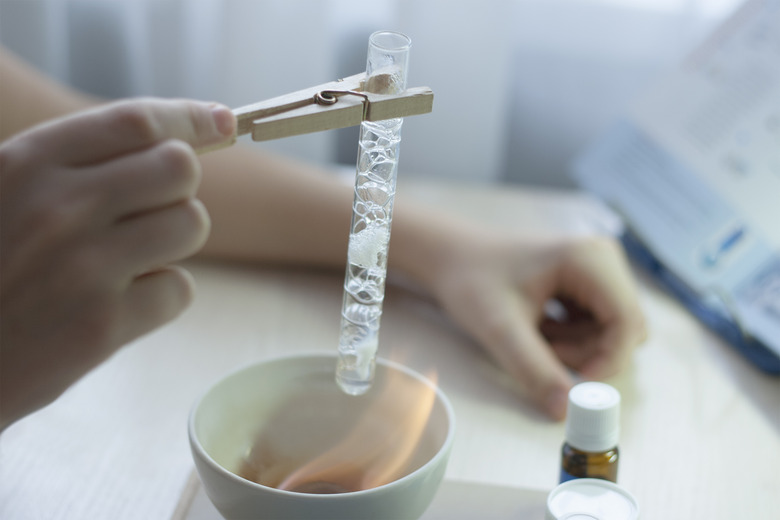What Is The Reason Alcohols Have A Higher Boiling Point Than Alkanes With A Similar Molar Mass?
Boiling points are one of a suite of physical characteristics listed for elements and compounds in tables that can seem endless. If you look more closely, you can see how the chemical structure and the ways that the compounds interact influence the properties you observe. Alcohols and alkanes are classes of organic compounds, which are compounds that contain carbon. Their functional groups, or the parts of the chemical structure that are used to classify them, are responsible for their boiling points.
The Impact of Molar Mass on Boiling Point
The Impact of Molar Mass on Boiling Point
When comparing the boiling points of two compounds, one factor that is important to consider is molar mass. Molar mass is a measure of how many protons and neutrons are in a molecule, or the size of a molecule. Higher molar masses tend to lead to higher boiling points. Intermolecular forces hold the molecules of a liquid together, and larger molecules have larger intermolecular forces. Because of this, it is important to compare molecules of similar molar mass to examine how structure influences boiling point.
Structure of Alcohols and Alkanes
Structure of Alcohols and Alkanes
Alcohols are defined by a hydroxyl group (a hydrogen bonded to an oxygen.) The oxygen is attached to a carbon, chain of carbons or a more complex organic structure. An example of an alcohol is the ethanol that is added to your car fuel. Alkanes are the simplest organic compounds, containing only carbon and hydrogen. The functional group for alkanes is simply a carbon with three hydrogens attached to it. That functional group can be attached to a hydrogen, another carbon or a chain of carbons. An example of an alkane is pentane, a five carbon chain with ten hydrogens bonded to it.
Types of Intermolecular Bonds
Types of Intermolecular Bonds
There are bonds that hold the atoms of a molecule together and then there are intermolecular bonds, which are the attractive forces between molecules. The different intermolecular bonds from strongest to weakest are: ionic bonds, hydrogen bonds, dipole-dipole bonds and Van der Waals forces. Opposites attract at the molecular level, and negatively charged electrons are attracted to the positive protons in other molecules. Ionic bonds are the attraction between an atom that is missing an electron and an atom that has an extra electron. The other bonds are attractions that result from electrons temporarily spending more time on one side of a molecule, creating negative and positive poles, which attract to opposite-charged poles on other molecules.
How Intermolecular Bonds Impact Boiling Points
How Intermolecular Bonds Impact Boiling Points
Boiling points are the temperatures where liquids turn into gasses. The temperature represents the energy it takes to overcome the intermolecular forces and allow the molecules to move away from each other. The hydroxyl group in alcohols forms hydrogen bonds, a strong intermolecular force that takes a lot of energy to overcome. The bonds between alkanes are Van der Waals forces, the weakest intermolecular force, so it doesn't take as much energy to reach the boiling point of alkanes.
Cite This Article
MLA
Becker, Andrea. "What Is The Reason Alcohols Have A Higher Boiling Point Than Alkanes With A Similar Molar Mass?" sciencing.com, https://www.sciencing.com/reason-alcohols-higher-boiling-point-alkanes-similar-molar-mass-23161/. 9 March 2018.
APA
Becker, Andrea. (2018, March 9). What Is The Reason Alcohols Have A Higher Boiling Point Than Alkanes With A Similar Molar Mass?. sciencing.com. Retrieved from https://www.sciencing.com/reason-alcohols-higher-boiling-point-alkanes-similar-molar-mass-23161/
Chicago
Becker, Andrea. What Is The Reason Alcohols Have A Higher Boiling Point Than Alkanes With A Similar Molar Mass? last modified August 30, 2022. https://www.sciencing.com/reason-alcohols-higher-boiling-point-alkanes-similar-molar-mass-23161/
